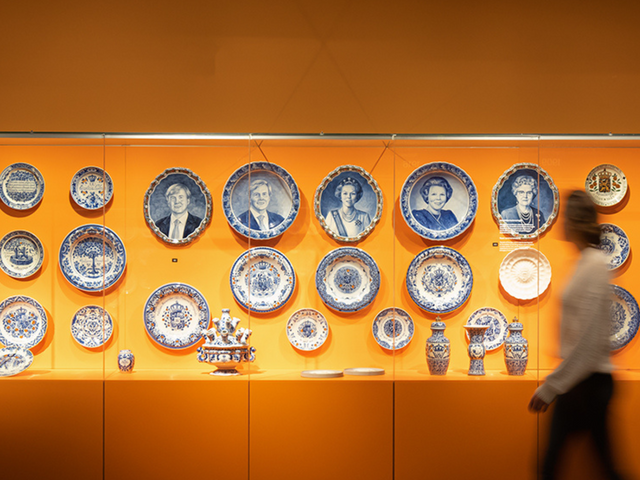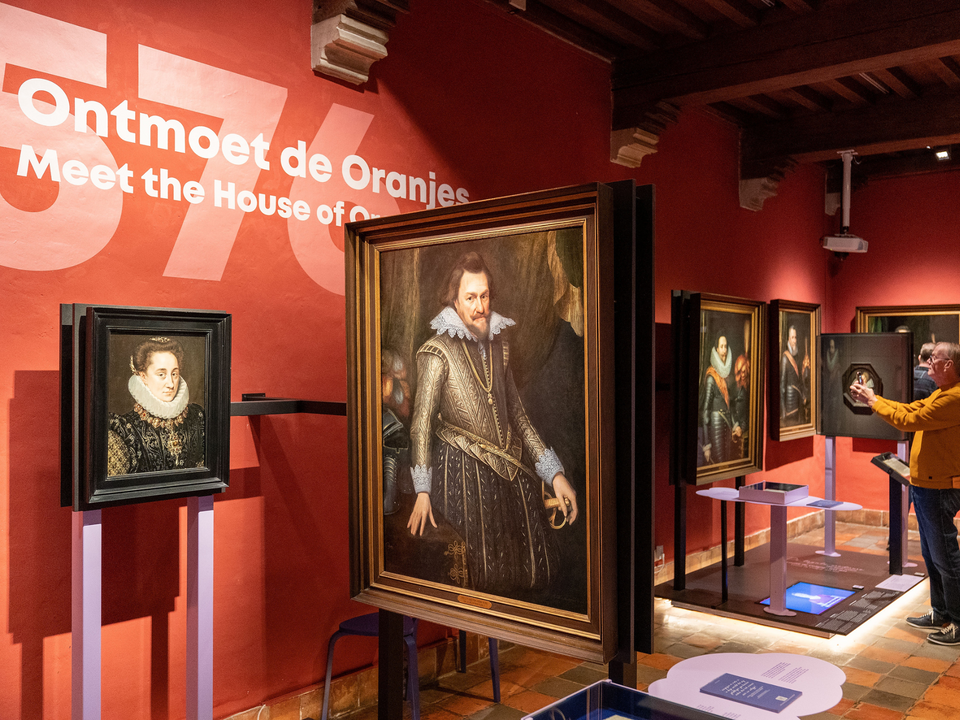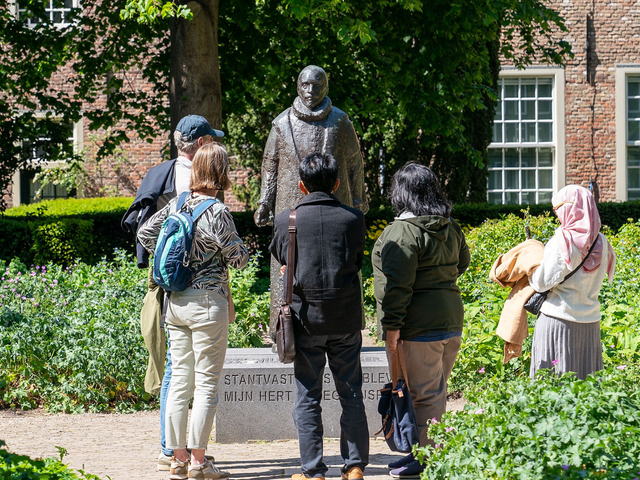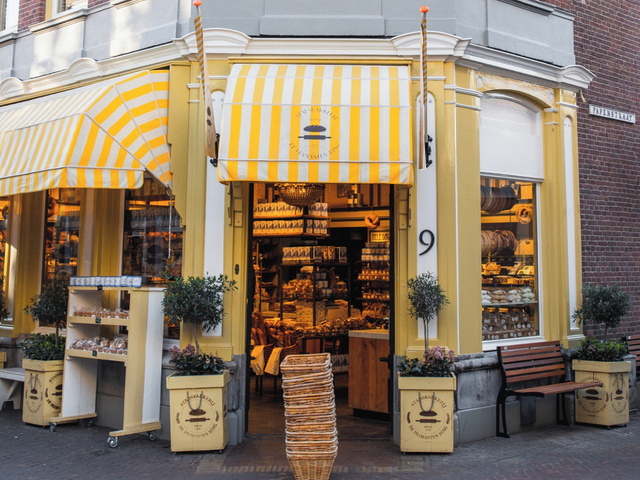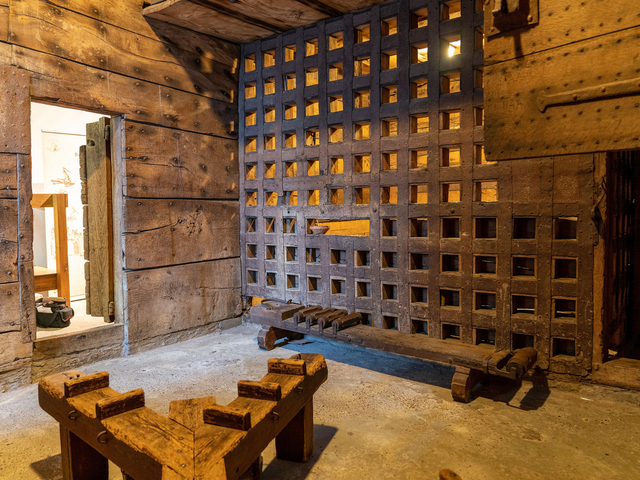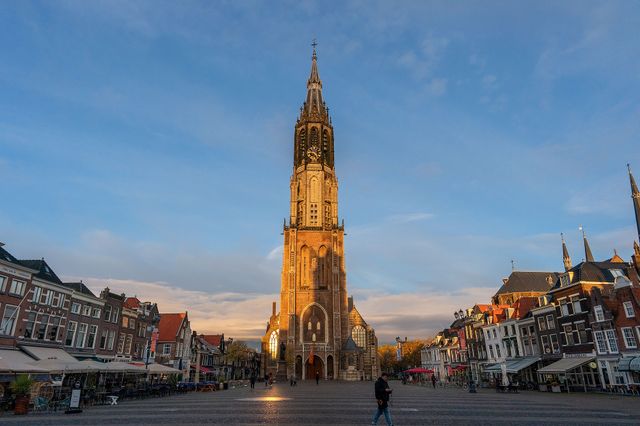Did you know that the Netherlands, as a country, originated in Delft? William the Silent, the ‘Father of the Nation’, moved to Delft in 1572 to lead the insurrection against the Spanish rulers. And he was successful! William became the founding father of the Netherlands as a unified parliamentary state that upholds principles like freedom of religion and speech.
So Delft and the Dutch royal family have been inextricably linked for centuries. This is where William the Silent moved when he had to flee Breda in the south and where he was assassinated 12 years later. But apart from the historic connections, there are more modern ones as well. So let’s give an overview of the most important highlights in Delft that prove this royal relationship. Come with us for a walk around Delft: the city of the House of Orange!
Start your tour of discovery at Museum Prinsenhof Delft.
This is where one of the key moments in Dutch history took place: the assassination of William the Silent.
Back in time
The assassination happened during the Eighty Years’ War, which involved decades of skirmishes and battles between the Spaniards and the Dutch. During this war, William the Silent successfully led the insurrection against the Spaniards, which eventually resulted in the foundation of our unified parliamentary state and the principles that the Dutch are so proud of: freedom of religion and speech.
William decided to move to Delft in 1572 because of its high city walls, gates, moats, and defensive earthworks. He took up residence in the Saint Agatha convent, later renamed Prinsenhof (the current Museum Prinsenhof Delft).



Orange spots in Delft
Royal Delft Museum
Collection of the Royal House in the Royal Delft Museum
